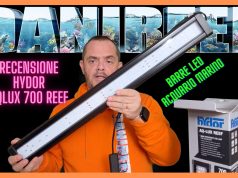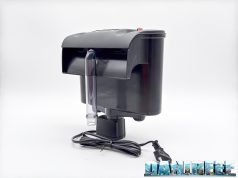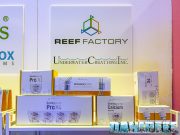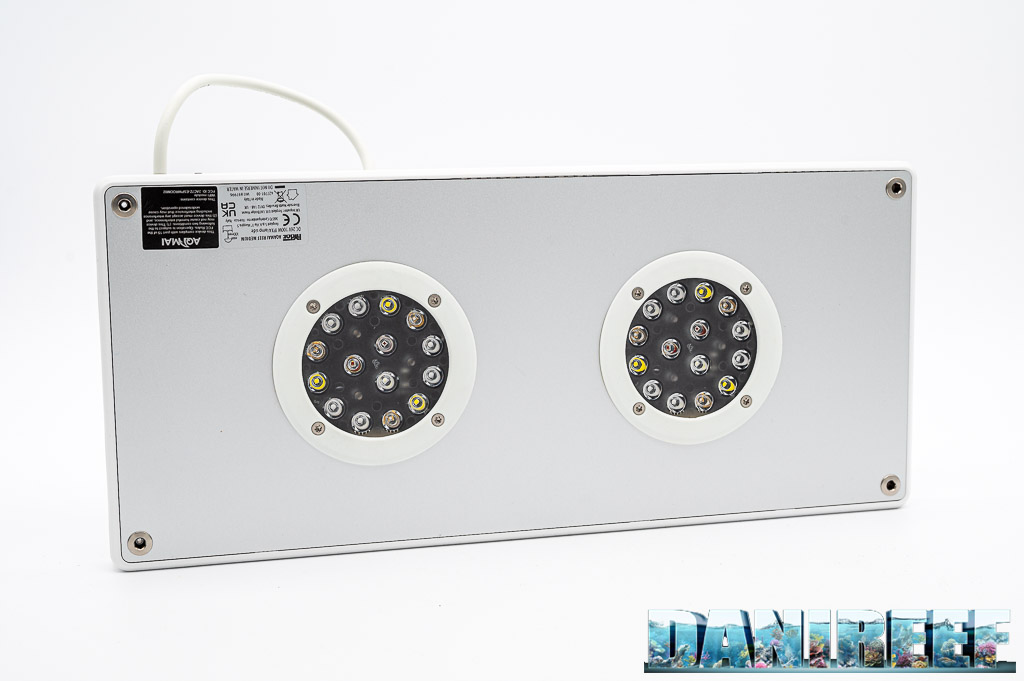
Aqamai Reef M is Hydor’s proposal for reef marine aquarium lighting, a reasonably priced ceiling light with almost exuberant power.
This article is also available in: Italiano
There are many reasons to buy this ceiling light, let’s see them together, starting with the technical data, and especially leaving you with the video we prepared for this interesting ceiling light.
Technical Specs of the Aqamai Reef M
The ceiling light adopts the double-cluster scheme, with a rather concentrated light. The clusters consist of 15 LEDs, for a total of 30 LEDs. The scheme repeats that adopted by its sibling Reef S, doubling it. The LEDs are 8 different colors and divided into 6 channels.
The LEDs are as follows:
- 6 LED “cool white” Nichia;
- 2 UV SemiLEDs of 405 nm;
- 4 SemiLEDs of 415 nm;
- 6 LED Royal Blue Nichia;
- 6 LED Blue Nichia;
- 2 LED Green Nichia;
- 2 LED Red-A Nichia;
- 2 LED Red-B OSRAM Oslon SSL.
Basically we have Nichia as our main supplier, for SemiLEDs and Osram. Just think that Japan’s Nichia is also known for the invention of the blue LED diode, a fundamental device for the construction of common LED lighting lamps.
- Power: 100 w
- Dimensions: 36x16x2(h) cm
- Sale price: 531 euros including vat
Our video on the Hydor Aqamai Reef M ceiling light.
You can learn more about different aspects of the ceiling light and get to know some interesting facts by watching our video that you can find, as usual, on our YouTube channel. The video is in Italian language, but you can choose subtitles and then English.
Construction
The Aqamai Reef M is built in a dare I say perfect manner. Extremely thin, it makes use of an active cooling system, which modulates according to the temperature measured on the LEDs. In case of excessive temperature, but before it can ruin the LEDs themselves, the ceiling light goes into standby. This can happen, for example, if the ceiling light gets dirty and filled with dust in the outlet ducts, in which case it is sufficient to clean the fans in order to have its full power available.
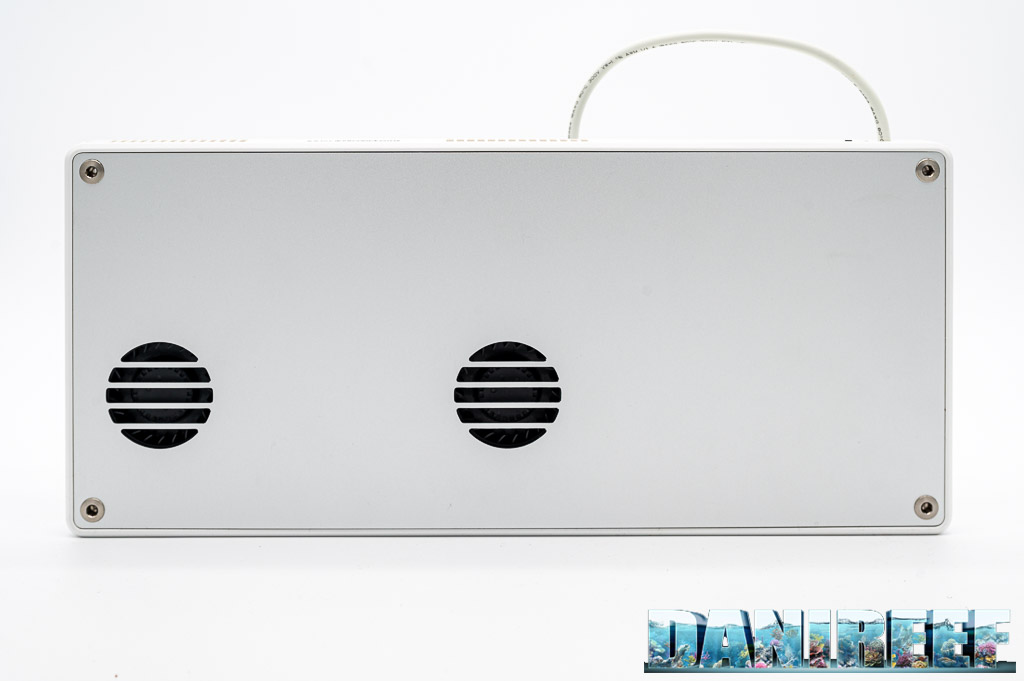
The Programming
The ceiling light can be controlled using an application that can be downloaded to an Apple or Android device and that uses a wi-fi network created by the ceiling light itself. Compared to the old model, it is possible to associate the wif-i network with our home wi-fi network, so we can control the ceiling light directly from our device, without having to select the dedicated wi-fi network each time. Even if you have had a profile in the past, you need to create a new one in order to manage the ceiling light. The application works very well and is extremely easy to use. Inside there are several preset programs depending on the corals contained in the tank, from SPS, to LPS, to soft.
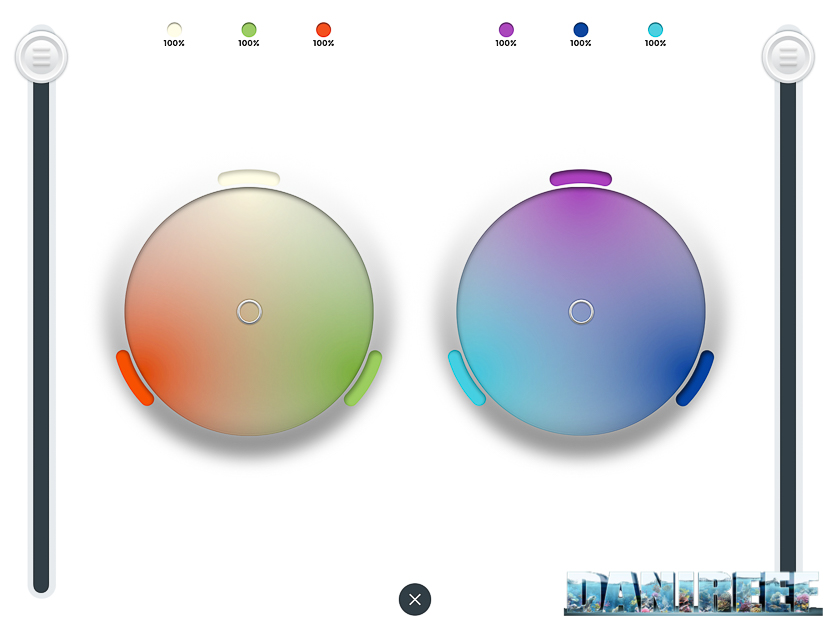
Above you see the manual control as it appears on an iPad, where the two side sliders represent the power output, and the two circular switches represent the color gradation.
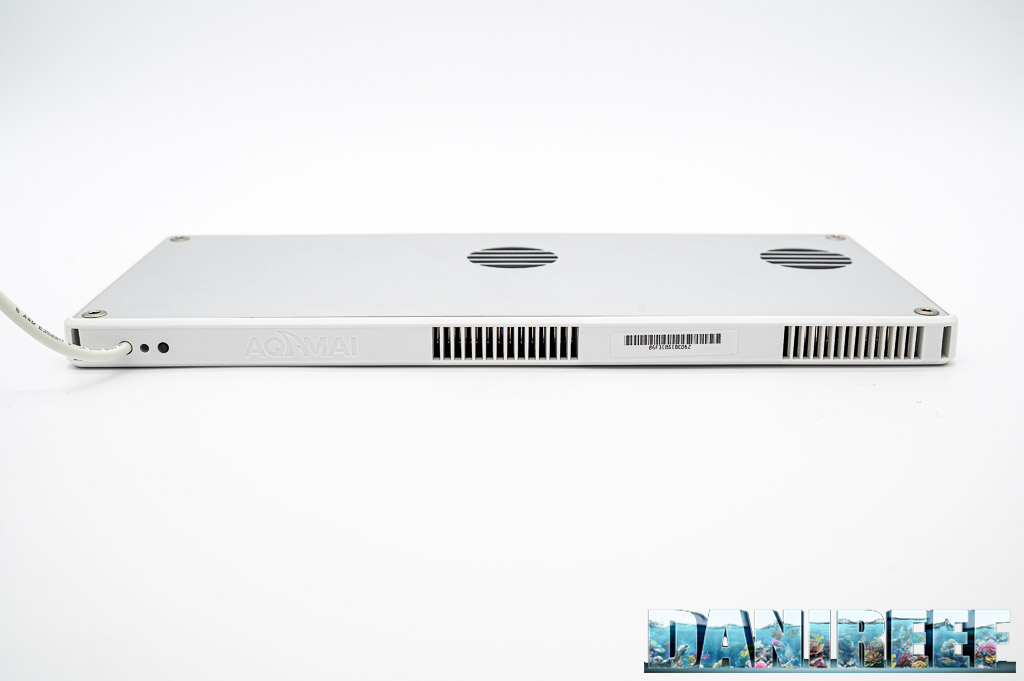
Particularly interesting are the systems that Hydor proposes to suspend the ceiling light. On the one hand, a hooking system that uses 4 screws to be inserted above the ceiling light, the particularity of which is to have a transparent nylon wire, which is clearly seen in the video, to hang the ceiling light. This system makes it possible not to see the wires coming down the caps from the ceiling (included in the package), with a spectacular WOW effect. Otherwise, you can purchase the tank-side attachment, which is engineered really well. Two mounts that engage laterally to the ceiling light, using the two outermost grooves that we see in the previous photo. In the video you can see how it works in detail.
Correlation between PAR and coral welfare
Let’s start from the end. In order to manage corals in the aquarium we need to be able to develop a certain number of PARs, which are usually expressed in PPFD or photosynthetic photon flux density or μmol m-2 s-1. The question in the case is how many PARs we will ever need for our corals.
We start with the following table that shows us the PAR values present on an average reef.
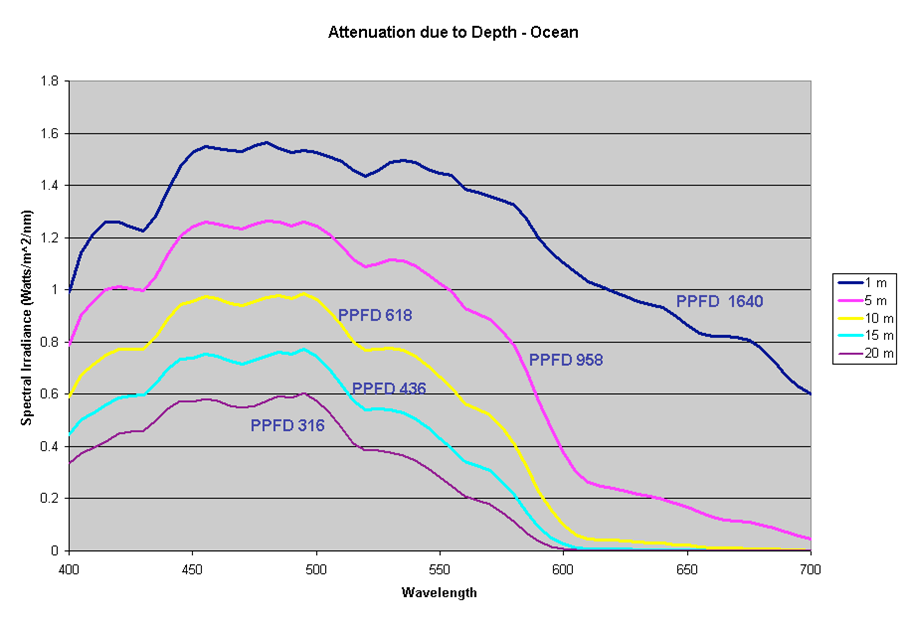
We then start at over 1,500 PAR at only 1 meter depth and then drop to a minimum of 316 at 20 meters. It then becomes interesting to see how the Aqamai Reef M behaves as a result of our measurements.
The PAR values of the Aqamai Reef M
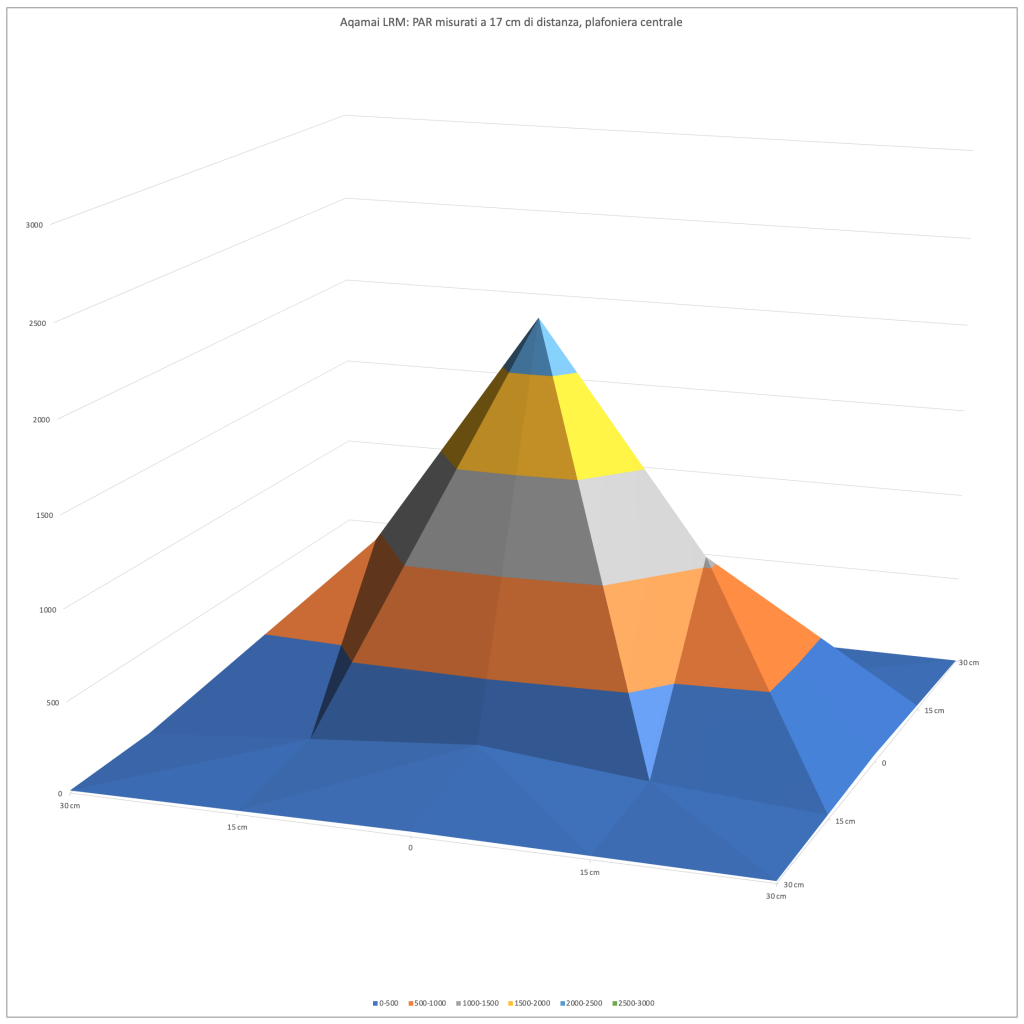
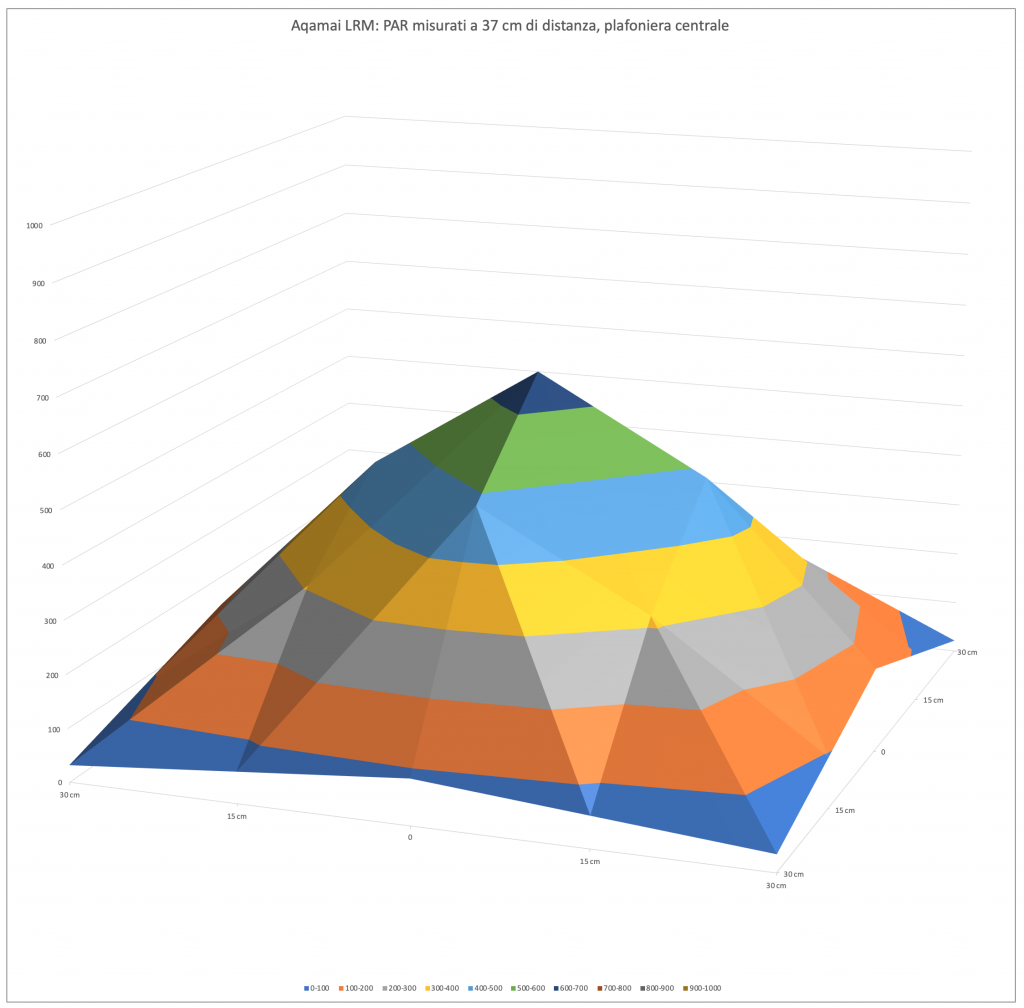
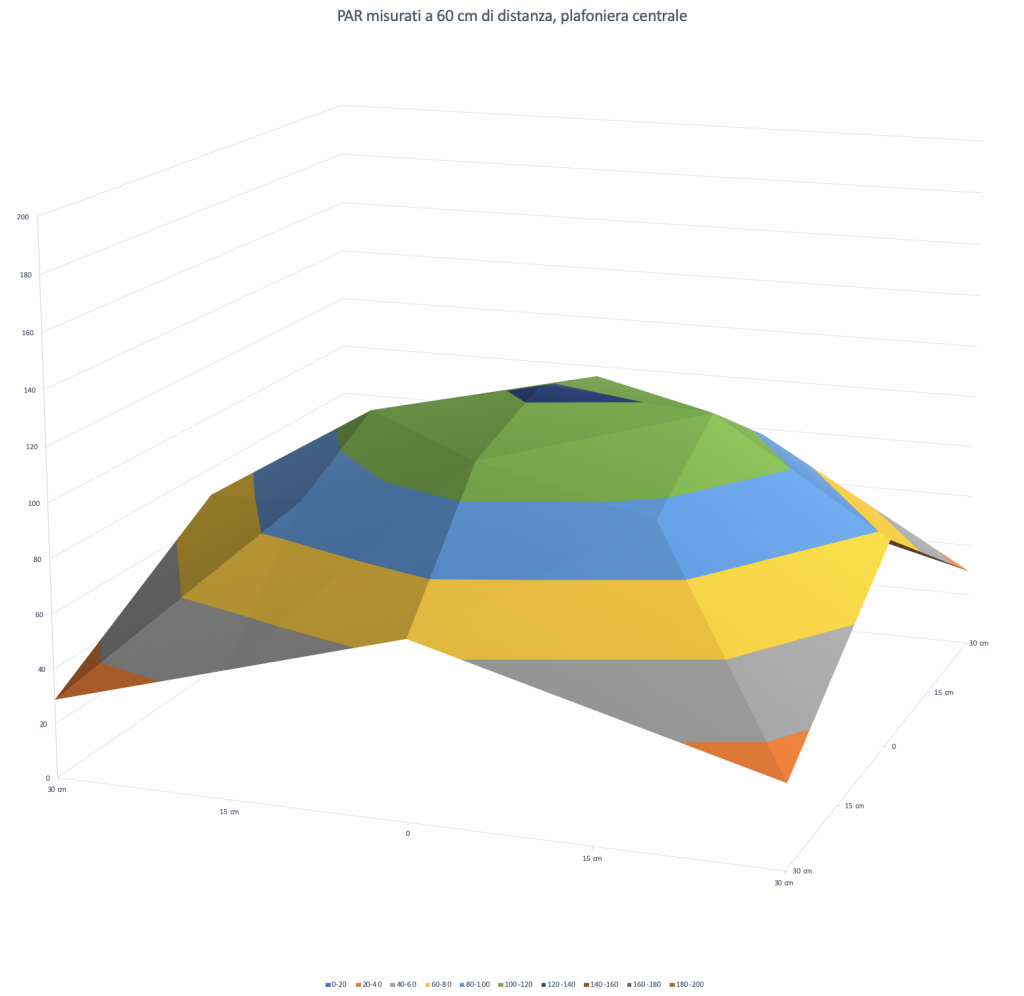
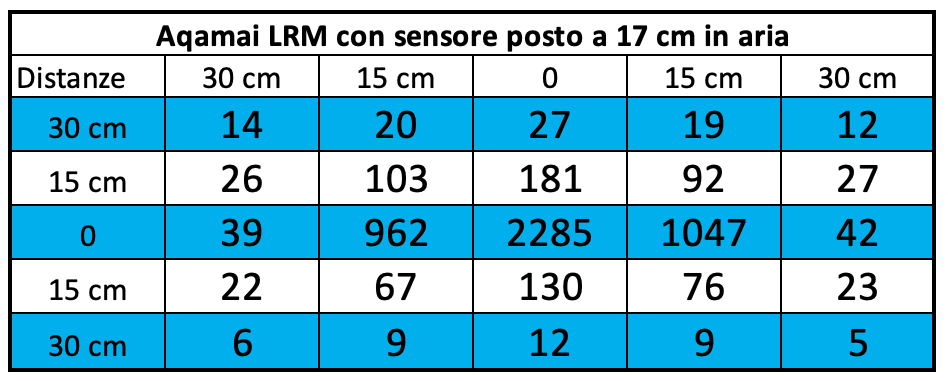
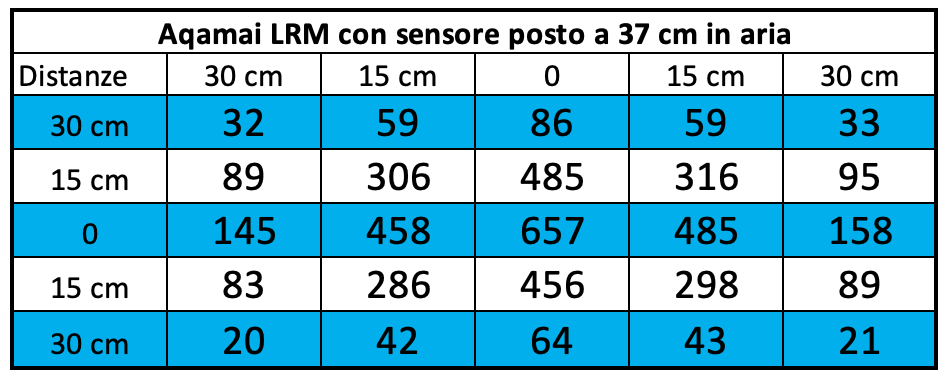
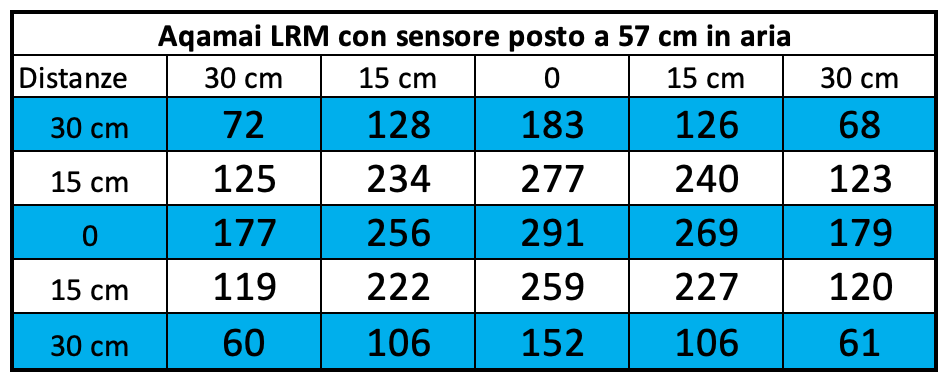
We see that only 17 cm from the ceiling light, in water, we have a peak value of over 2,000 PAR!!! Although the resulting coverage curve is very narrow. At 37 cm, which is the value I always take as a reference, we have over 650 PAR in the center and almost 500 PAR at 15 cm distance. Values that, at maximum power, allow us to raise anything.
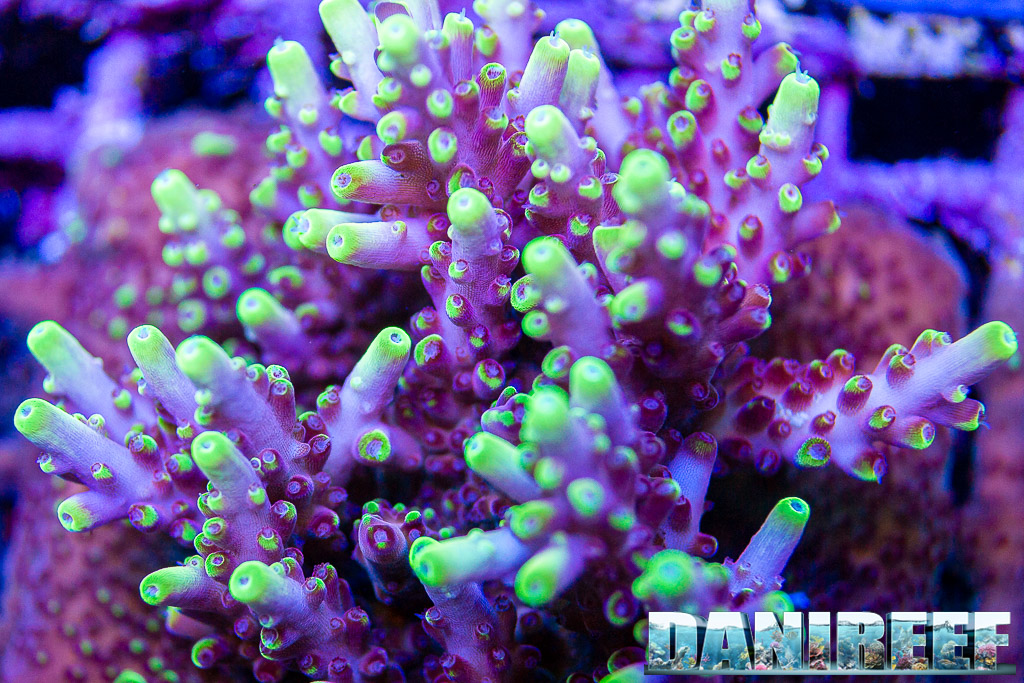
In this regard, the Acroporas, such as the beautiful Fox Flame from the previous image, are kept in the Recifathome coral house (if you haven’t seen the article click here) in a range between 300 and 650 µmol m-2 s-1, depending on the type and origin of the corals. All other SPS, including the splendid Montiporas, enjoy 250 µmol m-2 s-1. The LPS finally are held between 80 to 150 µmol m-2 s-1.
As you can see from the comparison of the measured data, it is very likely that we will have to go and reduce the power of the ceiling light a bit, rather than increase it.
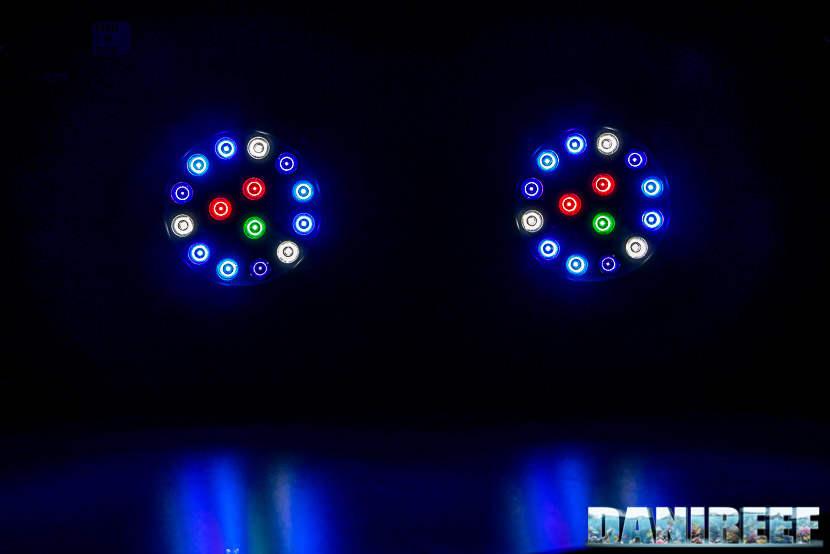
Then consider that the values in water are even higher than those measured in air because of the lens effect of the aquarium glass.
The last words
The ceiling light is built very well and rather easy to program, especially if you want to use the preset programs. The PARs are very good especially in the center, and they are perfect in efficiency, of course they cannot compete with ceiling lights that consume twice as much, although they perform excellently for what they consume. They are perfect for discerning corals in an area up to 50 cm, even if while increasing the size of the aquarium the coverage decreases, as there is no glass, so 2 ceiling lights in 80 cm and 3 in 120. These are ceiling lights that still allow everything to be raised. The cost per watt is average of those measured and the peak PARs per watt expressed are record-breaking.
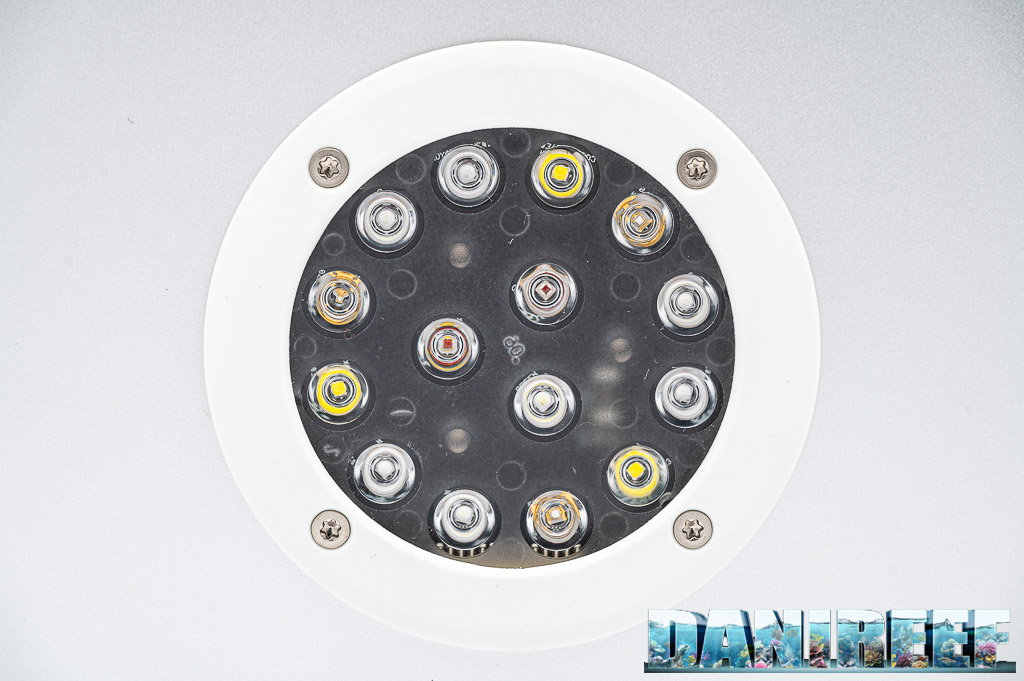
If you have any questions, concerns or curiosity, I remind you that you can leave a comment below this article but you can also find us on Telegram, Instagram, Facebook, Twitter and YouTube, whichever social media you prefer where you can follow us, so you don’t miss all our news, articles, reviews and reports, and if you need to ask for help we are waiting for you in our forum.







